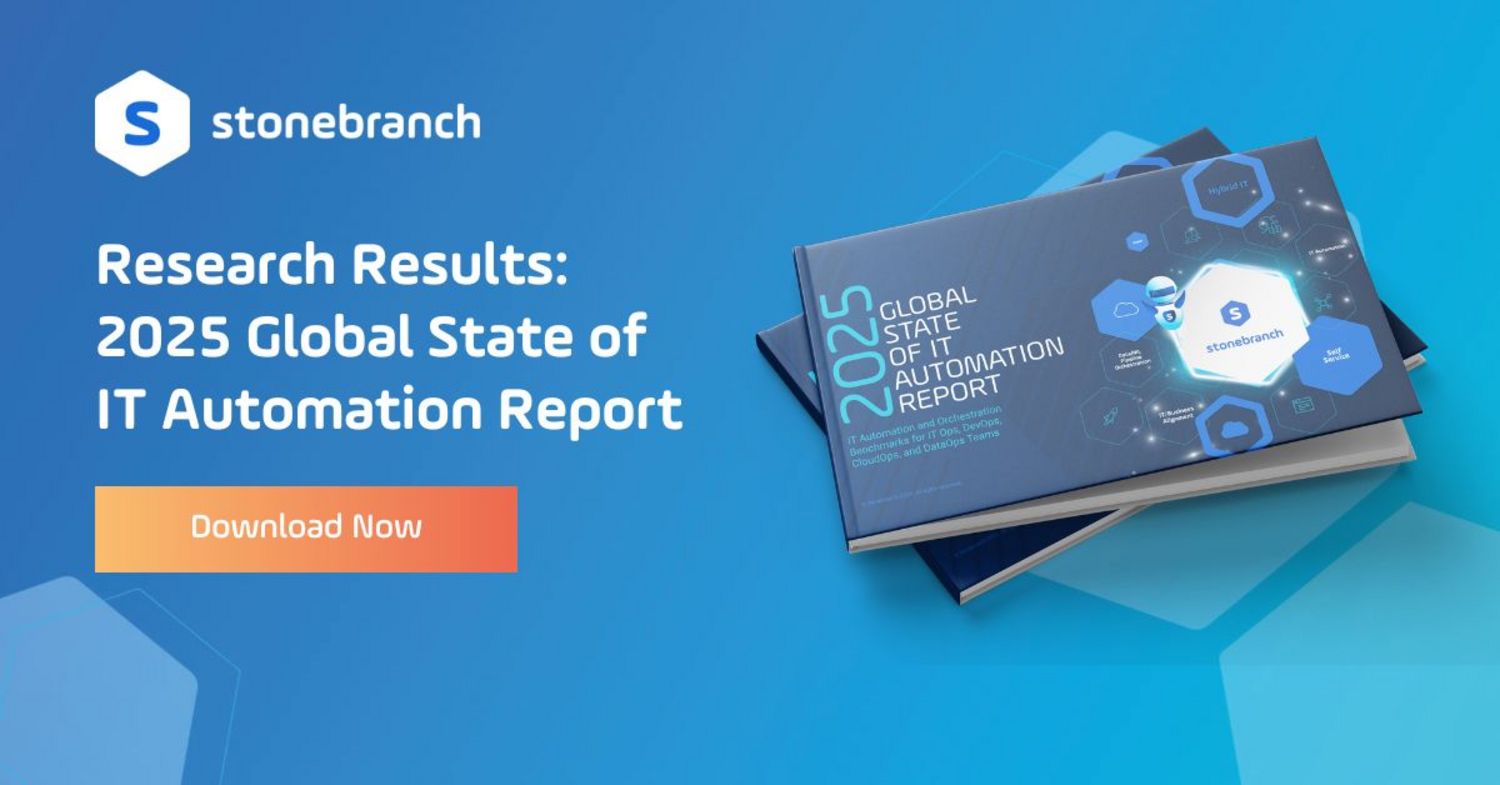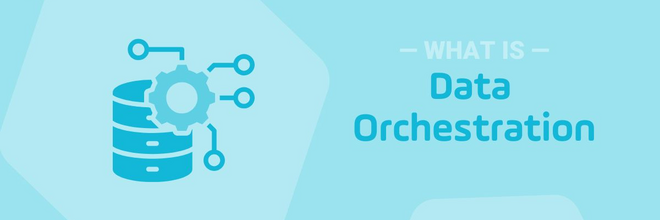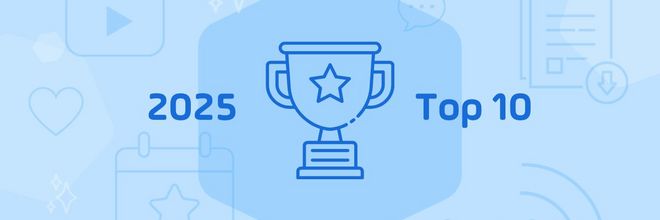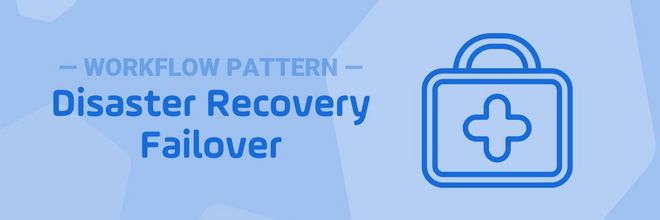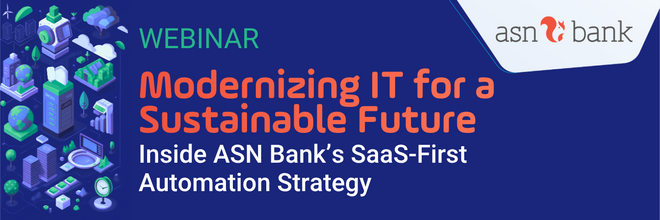How to Create Citizen Automators with Self-Service Automation
Citizen automators are redefining enterprise IT. This guide shares the skills, steps, and tools needed to empower employees and accelerate enterprise-wide innovation.
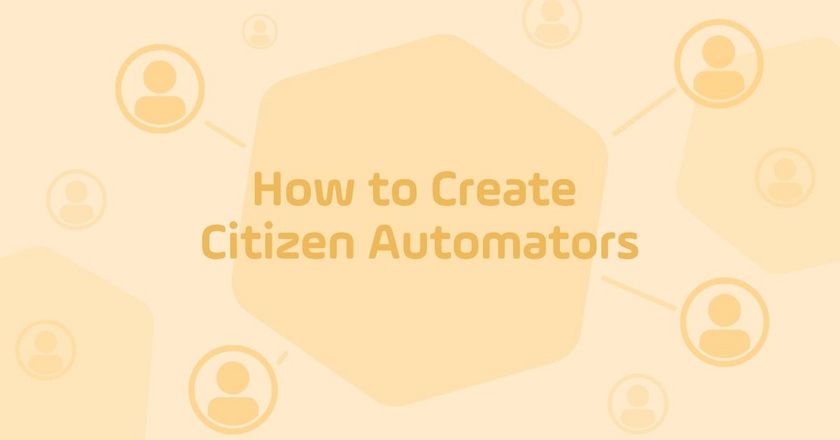
The rise of citizen automators represents a significant shift in enterprise automation. Traditionally managed only by IT Ops, workload automation (WLA) has evolved into a platform that empowers business users with self-service automation. Now, employees across departments can launch sophisticated workflows — such as automating data pipelines, provisioning cloud resources, or connecting multiple systems — directly from the applications they already use. Powered by upstream and downstream integrations, this evolution reshapes how organizations think about automation.
In this guide, we’ll show you how to create citizen automators and unlock the full potential of self-service automation across your business.
What is a Citizen Automator?
A citizen automator is a business user who leverages self-service automation tools to build workflows and solve everyday challenges — without waiting on IT. Citizen automators are part of the larger citizen development movement, where employees outside of IT take an active role in building digital solutions.
- Who They Are: They’re found in HR, finance, sales, and marketing — all departments that run process-heavy operations. Typically, they’re analysts, coordinators, or managers who deeply understand workflows in their area.
- Why They Matter: According to the 2025 Global State of IT Automation report, 97% of organizations offer self-service access to their automation platform. 63% empower 200+ citizen automators across their business to monitor and manage workflows independently. Far from being a passing trend, citizen automators represent the next phase of digital maturity, where automation is embedded into the culture of every department.
Step-by-Step Guide to Creating Citizen Automators
Building a successful citizen automation program requires more than just giving employees access to tools. It takes a clear framework that balances empowerment with governance. By following a structured approach, organizations can create an environment where citizen automators thrive — while IT maintains oversight and security. Here’s a step-by-step guide to creating citizen automators in your organization:
- Define the Vision and Goals: Set clear objectives for your citizen automation program. Decide which processes are best suited for automation.
- Identify and Recruit Candidates: Look for motivated employees who already create spreadsheets, dashboards, or workarounds to improve efficiency.
- Provide Training and Resources: Offer onboarding workshops and learning paths for citizen automator development.
- Establish Governance and Guardrails: IT must set policies for data security, approvals, and monitoring. This balance empowers employees without creating risk.
- Foster IT-Business Collaboration: Citizen automators thrive when IT acts as a partner, not a gatekeeper.
- Select the Right Platform: Choose a solution that combines low-code self-service automation with enterprise-grade governance, like Stonebranch Universal Automation Center (UAC).
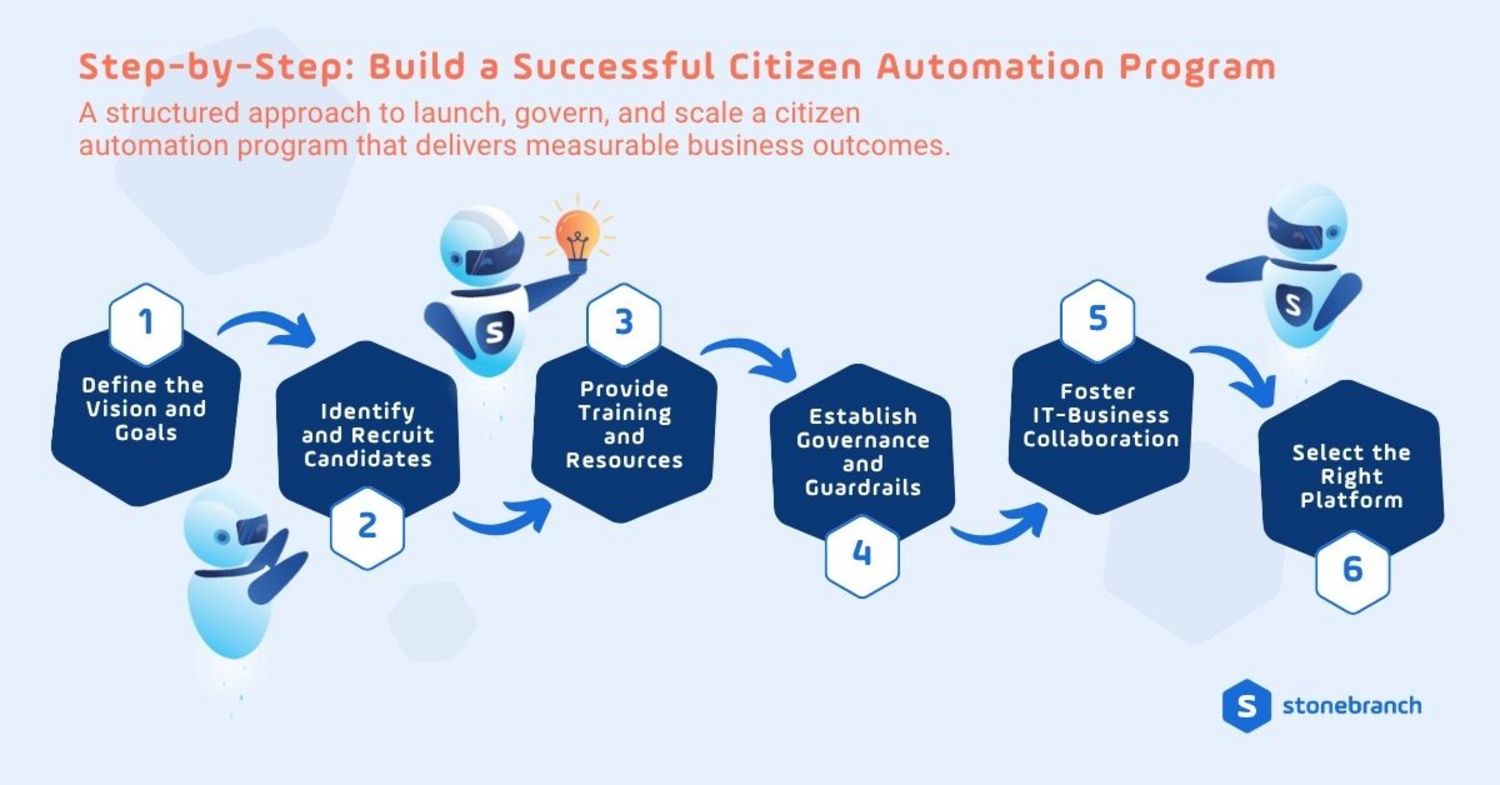
Best Practices for Implementing a Citizen Automation Program
- Start small, scale fast. Begin with quick wins and expand adoption.
- Maintain strong IT partnership. Ensure IT provides governance and oversight.
- Use success stories to drive adoption. Share wins to inspire new use cases.
- Continuously measure and optimize. Track usage, SLAs, and business impact.
Discover more self-service automation best practices.
Why Empowering Citizen Automators Matters
Enabling citizen automators with self-service automation is more than just a productivity boost — it’s a cultural shift that reshapes how organizations innovate. When employees outside of IT are empowered to automate their own processes, businesses see faster results, reduced bottlenecks, and higher engagement across teams. At the same time, employees gain valuable new skills and the autonomy to solve problems in real time.
Benefits for Organizations
- Faster innovation cycles: Automation no longer depends solely on IT Ops. Business users can build and deploy solutions quickly, reducing time-to-value.
- Reduced IT backlog: IT teams can focus on strategic initiatives while citizen automators handle routine workflows within their departments.
- More engaged workforce: When employees have the tools to remove repetitive tasks, they’re more motivated and able to focus on higher-value work.
Benefits for Employees
- New digital skills: Citizen automator development helps employees grow technical confidence, making them more valuable contributors in the digital workplace.
- Greater autonomy: Employees can directly address inefficiencies in their workflows, rather than waiting on IT for fixes — resulting in faster outcomes and higher job satisfaction.
How Stonebranch UAC Enables Citizen Automators
Stonebranch UAC is purpose-built to empower both IT teams and business users. With its self-service automation portal, employees across HR, finance, marketing, and other departments can manage their workflows without relying on IT. At the same time, IT retains full visibility and control through enterprise-grade governance, ensuring compliance and security.
Key capabilities that support citizen automator self-service automation development include:
- Universal Portal that provides a simple dashboard for business users to monitor and manage automations with confidence.
- Drag-and-drop workflow builders that make automation accessible to non-technical users.
- Pre-built integrations with cloud platforms, SaaS applications, and on-prem systems via the Stonebranch Integration Hub.
- Event-driven automation that allows workflows to respond to real-time business triggers.
- Centralized governance and monitoring so IT can establish guardrails while enabling autonomy.
By combining ease of use with enterprise orchestration power, Stonebranch UAC transforms how organizations create, manage, and scale citizen automation programs.
Conclusion
The rise of citizen automators with self-service automation marks a turning point in enterprise IT. No longer limited to IT Ops, it’s now woven into the daily work of employees across every department. With the right skills, governance, and tools — particularly platforms like Stonebranch UAC — organizations can accelerate innovation, reduce IT backlogs, and foster a culture of empowerment.
Citizen automators aren’t just the future of work. They’re the key to unlocking agility and digital maturity today.
Frequently Asked Questions: How to Create Citizen Automators with Self-Service Automation
What is a citizen automator?
A citizen automator is a business user who creates automations with self-service tools — without coding or IT reliance.
How do self-service automation tools work?
Citizen automators use self-service automation tools that provide intuitive low-code or no-code interfaces, drag-and-drop workflow designers, pre-built integrations, and templates.
What are the benefits of enabling citizen automators?
When organizations empower citizen automators, IT teams gain speed, agility, and efficiency. Non-technical and business users gain skills and autonomy.
What skills do employees need to become citizen automators?
Successful citizen automators often exhibit strong problem-solving skills, knowledge of their team's processes, and a willingness to learn.
How can companies support citizen automator initiatives?
Companies that want to implement citizen automation initiatives should plan to provide training, governance, and a secure automation platform like Stonebranch UAC.
Start Your Automation Initiative Now
Schedule a Live Demo with a Stonebranch Solution Expert

